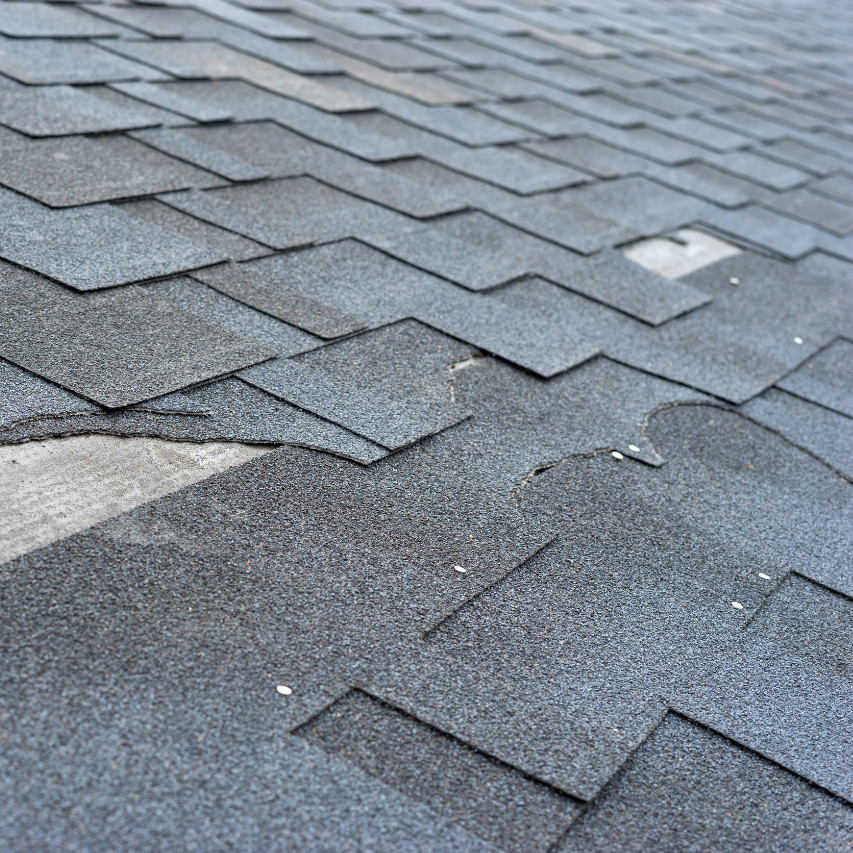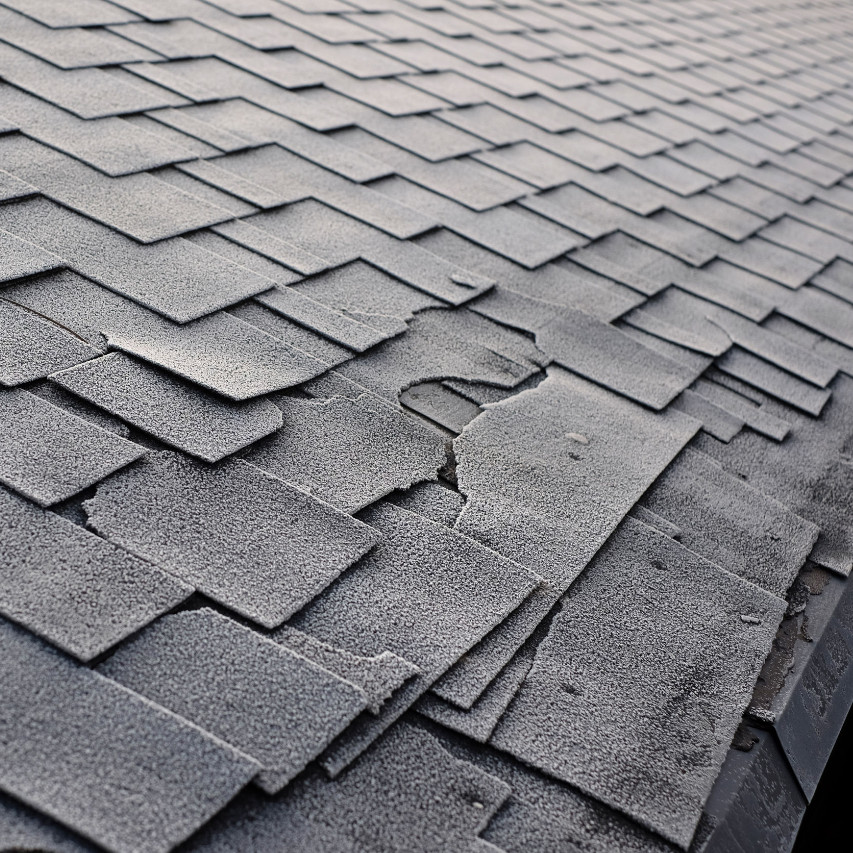
What are the granules on shingles for?
Every homeowner knows that their roof is like any other system in the home, it must be maintained and has a working lifespan that eventually ends. Especially for a shingled roof, roof shingle deterioration comes at the end of a shingled roof’s working lifespan and the signs come a little more obviously than other roofs. These signs can also come when a roof is having issues such as incorrect installation or when damages are left to get worse. When signs during roof shingle deterioration appear, it tends to be in the form of:
- Shingle cracking
- Shingle curling
- Granule loss
- Leaks
- Moss formation
In most respects, a homeowner should pay special attention to the granules that are specifically important to your roof. Whether your roof is new or old, granule loss is a concerning sign because they are specifically built to make the shingles resistant to the elements. Without granules, shingles take on the full brunt of the sun’s rays and tend to break down far faster due to shingles being created out of an oil-based substance if not something different that is not capable of staying operational for long in the sun without something to reflect it. To find out if you are losing granules in your shingles, you don’t actually have to go up on your roof. Pay some attention to your gutter and the water streaming down from your roof. When you see some gravel or grit in the stream, you may want to get an inspection roof shingle deterioration. United Roofing Services is a team of roofers that can spot that problem fast when you live in Grain Valley and Kansas City, MO. Call 816-896-4195 today to schedule your appointment for an inspection and if you need a roof replacement.
What is roof cupping?
When your roof does not have signs like roof cupping or granule loss across the board, roof repair is the best answer to that problem. When the issues affect your roof entirely from corner to corner, roof replacement is the answer to your roof shingle deterioration. There are several reasons as to why roof cupping occurs, this is when the shingle begins to curl towards its individual center, of which can be drooping or depressed. It can happen for reasons like:
- Improper installation
- Hail or impact damage
- Shaken loose or disturbed by wind or step
- Old age
Roof cupping or clawing can lead to your attic being compromised to insects and leaks as well. The previously mentioned granule loss can also be an attributing factor to your shingles curling because the sun is directly impacting the shingles without the sunlight is partly reflected by the granules. When it comes to improper installation, the reasons for that can be either a shingle being placed wrong or the adhesive not having enough heat to seal. Hail and general weather damage is not necessarily the bain of a roof. Shingles like the modern asphalt shingles, are designed to some degree to physically take the impact from hail and severe weather. While not a rare occurrence to see minor damage on your roof after a bad storm, asphalt shingles are designed to protect your home and tend to last several years with relatively minor care.
Do black shingles wear out faster?
When it comes to shingles, even asphalt shingles, darker shingles are not necessarily as long-lasting as their lighter-colored counterparts. The reason being is that darker colors absorb more heat and with many shingles being oil-based, they break down faster than other types of roofing like clay, metal, and wood. This goes back to the purpose of the granules, which partly deflect the sunlight and are built in to directly lengthen the shingle’s lifespan. That is why it is not a good sign when you find granules in your gutter or on the general premises. Even so, when it comes to average shingles, black shingles do not last as long due to naturally absorbing more sunlight and getting hotter on average.
It should also be pointed out that shingled roofs are designed to be water-resistant, but not waterproof. When it comes to roof shingle deterioration, heavy rainwater can be somewhat bad for shingles. The reason being is that the rainwater washes off parts of the shingle, like granules and additives to lengthen the roof’s lifespan. This however is not necessarily something to be worried about, when your roof is installed by a competent roofer it is built to last through the elements for an extended period of time. Debris and impacts on your roof can cause standing water to build up, that is what will damage it due to it breaking down and allowed to seep under the shingles. This is why it is imperative that you spot roof damages and debris early on your roof. Getting a roof inspection every so often can solve that issue that starts roof shingle deterioration.

When Should roof shingles be replaced?
Knowing when your roof needs a replacement can be an important detail for a homeowner. Shingled roofs tend to lean towards having a twenty to twenty-five-year lifespan before needing to be entirely replaced. At a minimum, an annual roof inspection will get you all the information you need about your roof and when it needs services. It should be noted that when it comes to roof replacement, you should have had some attention applied to your homeowner’s insurance policy. An insurance company will replace your roof if the issue afflicting your roof happens suddenly and outside your control. However, it is rare for a policy to cover gradual roof shingle deterioration and deterioration in general. Either way, you can trust United Roofing Services in Grain Valley and Kansas City, MO to get a handle on your roof and get you a product on your home you will love. Call 816-896-4195 today to schedule your appointment.